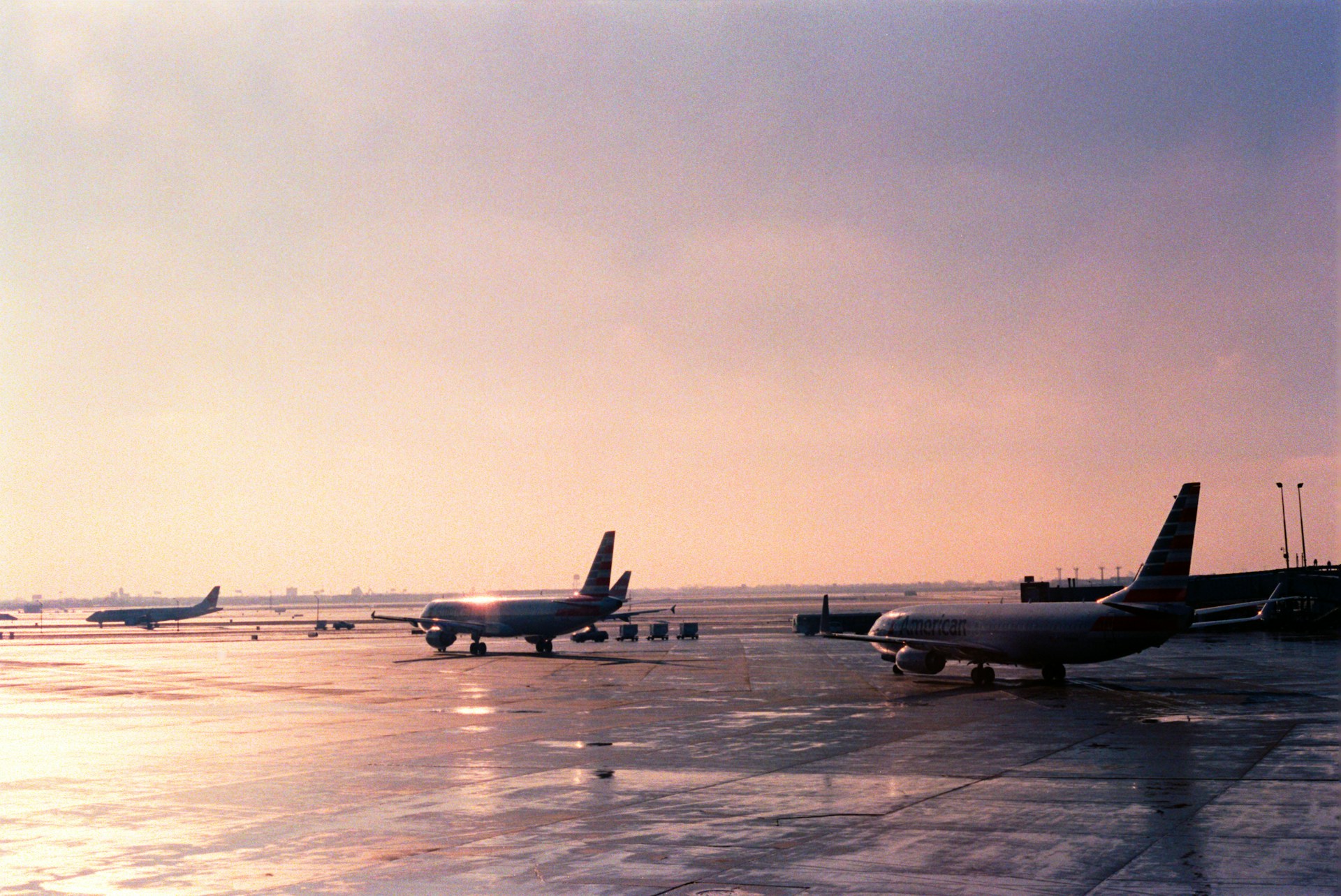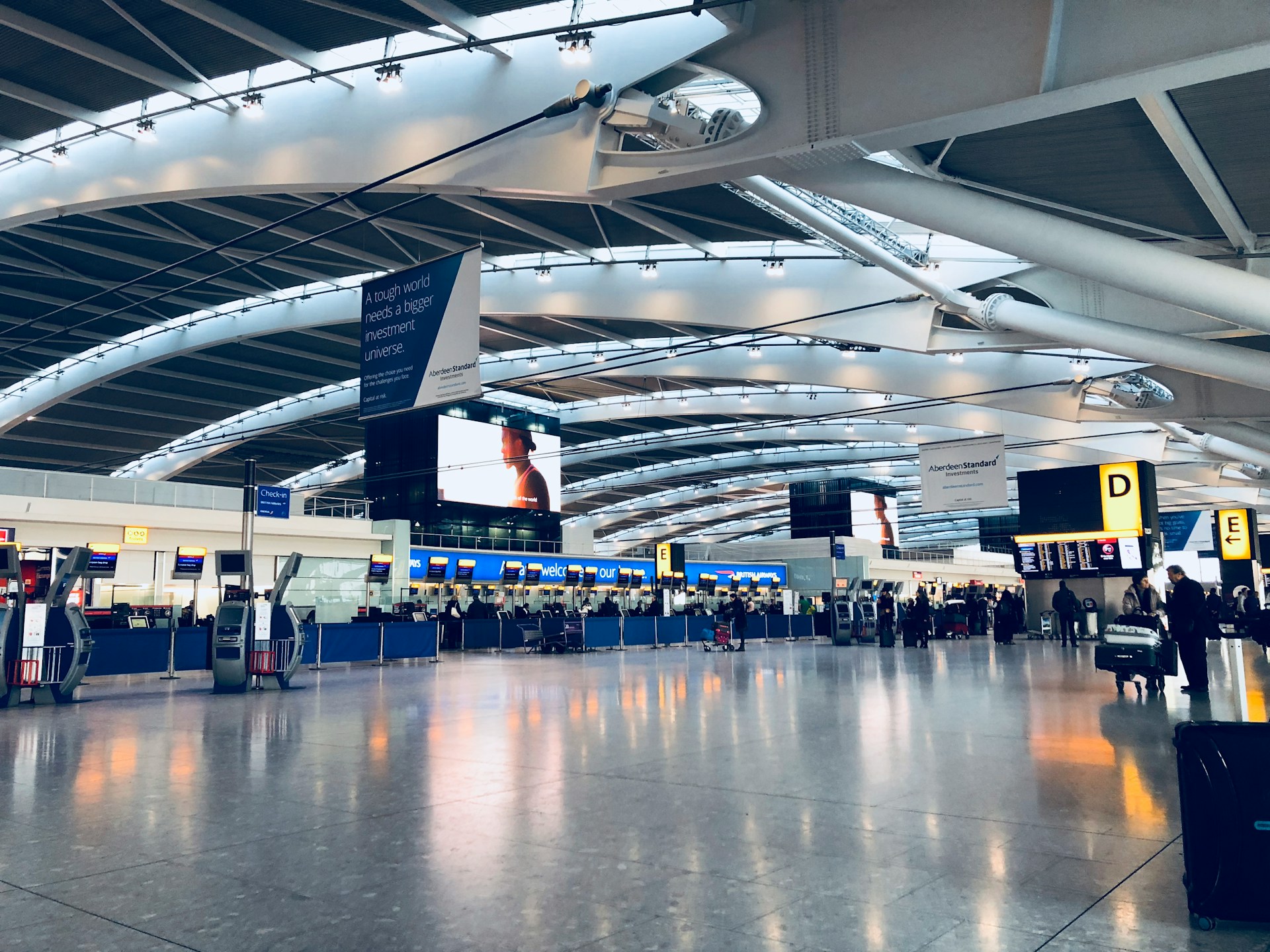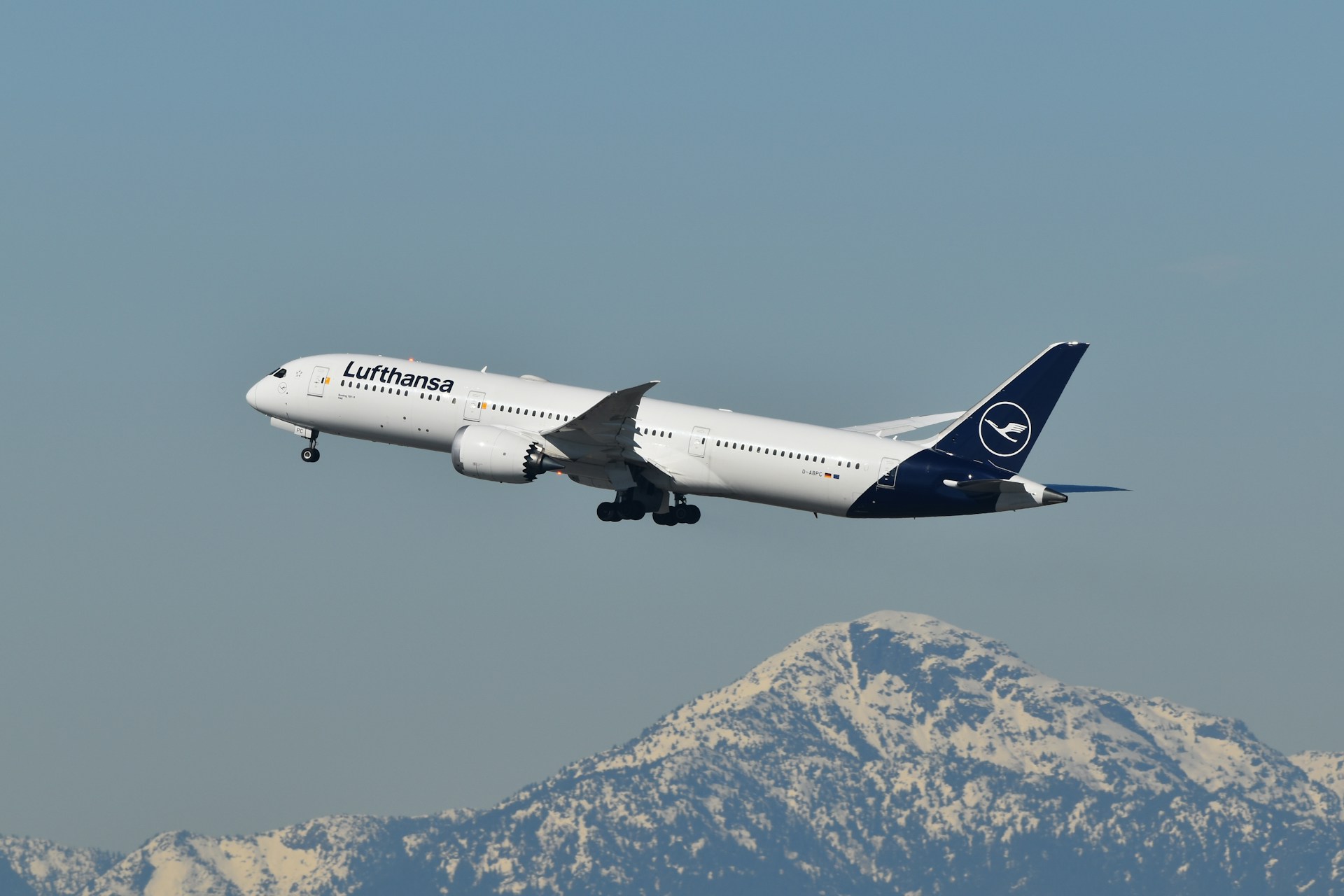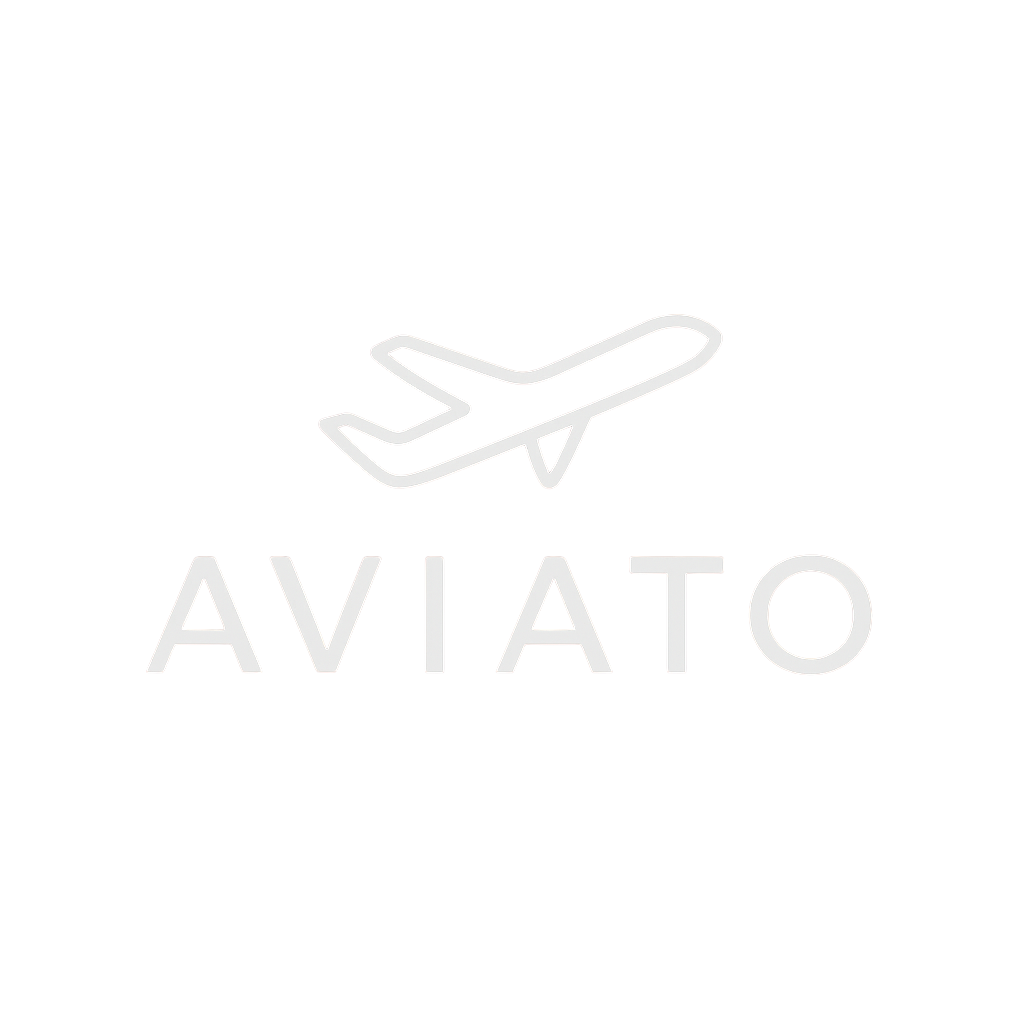Global Airline Route Expansions Signal a New Phase of Post-Pandemic Connectivity
Key Takeaways
- Airlines worldwide are resuming and launching new routes, focusing on high-demand leisure destinations and underserved markets.
- Profitability now outweighs volume, with carriers emphasizing route sustainability over rapid expansion.
- Regional and low-cost airlines are playing a bigger role in connecting secondary cities and niche markets.
- International route recoveries reflect growing traveler confidence and relaxed border policies.
- Governments and airports are increasingly offering incentives and fee reductions to attract new airline services.
Airlines Embrace Data-Driven Route Expansion
The global aviation landscape is entering a new era of strategic growth. Airlines are adopting data-driven approaches to route planning, using predictive analytics to identify market gaps, optimize fleet utilization, and assess passenger demand trends.
Unlike the pre-2020 race for rapid expansion, today’s carriers are prioritizing sustainable network growth. Airlines analyze route profitability, load factor projections, and airport cost structures before committing to new markets. This measured approach ensures resilience against economic fluctuations and evolving travel behaviors.
Leisure Travel Continues to Outperform Business Routes
The post-pandemic recovery has fundamentally reshaped airline network priorities. Leisure-oriented destinations — from Mediterranean islands to Southeast Asian beaches — have outpaced traditional business hubs in route recovery and profitability.
Carriers like Delta Air Lines, Emirates, and Turkish Airlines are doubling down on routes serving resort regions and VFR (visiting friends and relatives) traffic. Meanwhile, business travel corridors such as London–New York have stabilized but remain below 2019 frequency levels.
Low-cost carriers (LCCs) have also capitalized on the leisure surge. Airlines such as Ryanair, AirAsia, and Frontier are aggressively expanding into vacation-centric markets, where flexible scheduling and lower fares capture pent-up traveler demand.
Regional Airlines Bridge the Connectivity Gap
While major carriers consolidate long-haul operations, regional airlines are stepping into domestic and cross-border markets once dominated by larger competitors.
In the U.S., carriers like Contour and Avelo are linking mid-sized cities directly, bypassing congested hub airports. Across Asia and Europe, regional subsidiaries — including Lufthansa CityLine and Air France HOP! — are realigning their route networks to feed long-haul operations while maintaining regional mobility.
This shift supports both business and leisure travelers seeking shorter, more direct connections without the inconvenience of major airport transfers.

International Route Recovery Gains Pace
Global connectivity is rapidly expanding as airlines restore suspended routes and introduce new intercontinental links. The Asia-Pacific region, once the slowest to reopen, is now seeing robust recovery with carriers reinstating flights to Japan, China, and Australia.
In Europe and North America, transatlantic and transpacific markets are showing record capacity levels, supported by strong premium cabin demand and sustained leisure travel. Airlines such as British Airways, United, and Qatar Airways have announced route resumptions and frequency increases to meet rising passenger volumes.
Emerging markets are also attracting renewed attention. African and South American routes are benefiting from partnership-driven expansions, often supported by tourism boards and airport incentives designed to boost inbound traffic.
The Role of Incentives in Route Development
Airport authorities and government agencies play a pivotal role in route expansion. Many now offer landing fee discounts, marketing support, and co-funded promotions to attract airlines to underserved destinations.
These incentive programs help mitigate startup risks, particularly in markets where passenger volumes are still recovering. For smaller airports, securing a new route can transform local economies by driving tourism, investment, and trade.

FAQs
What determines where airlines launch new routes?
Airlines analyze passenger demand, competition, operating costs, and airport infrastructure. They also consider government travel policies and regional economic growth indicators.
Why are leisure routes expanding faster than business ones?
Leisure demand rebounded earlier after the pandemic as travelers prioritized holidays and family visits. Business travel, constrained by remote work trends and corporate budgets, remains slower to recover.
How long does it take to launch a new international route?
Typically between 9 and 18 months, depending on regulatory approvals, airport slot allocations, and marketing preparations.
Do low-cost carriers influence route competition?
Yes. The entry of low-cost carriers often triggers fare reductions and increased frequency, benefiting passengers but challenging traditional airlines to maintain profitability.
Can airports influence where airlines fly?
Absolutely. Airports often collaborate with airlines to share route data and offer financial incentives, shaping where carriers decide to expand.
✈️ Bottom Line:
Airline route development in 2025 is more strategic than ever — focused on profitability, sustainability, and adaptability. As carriers fine-tune their networks and respond to evolving traveler demands, global connectivity continues to strengthen, reshaping the skies with smarter, more purposeful expansion.
.zip%20-%201.PNG)



